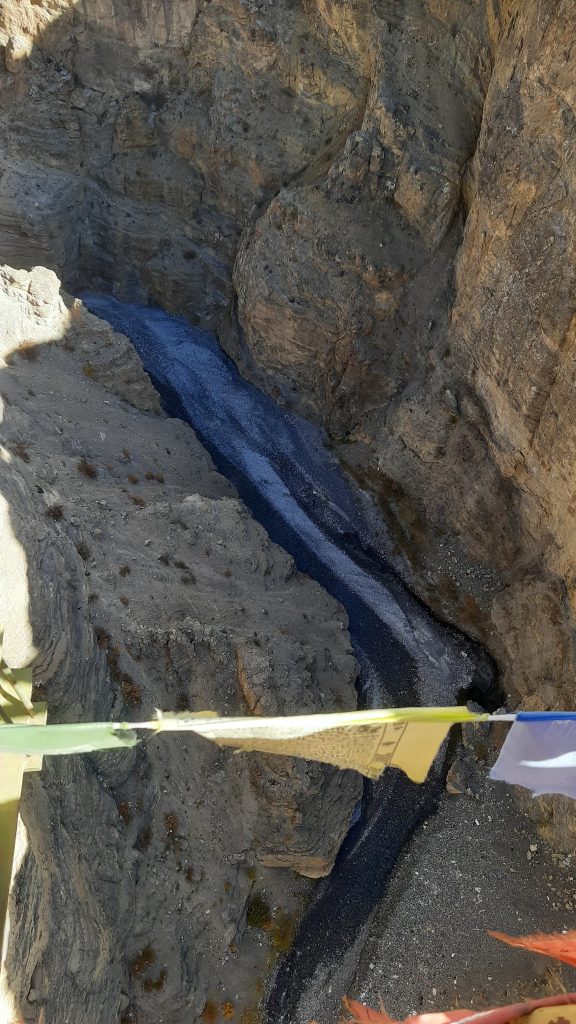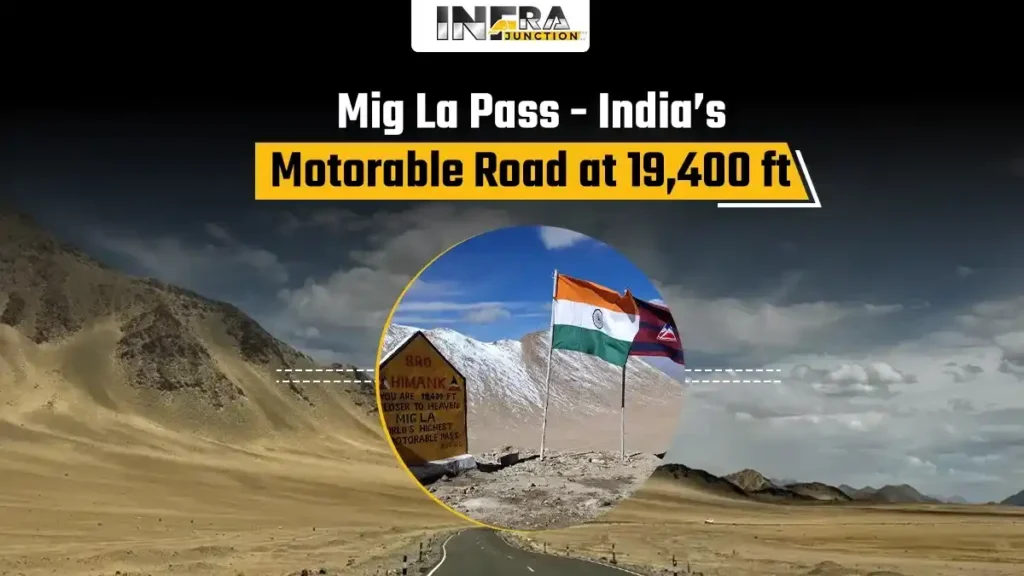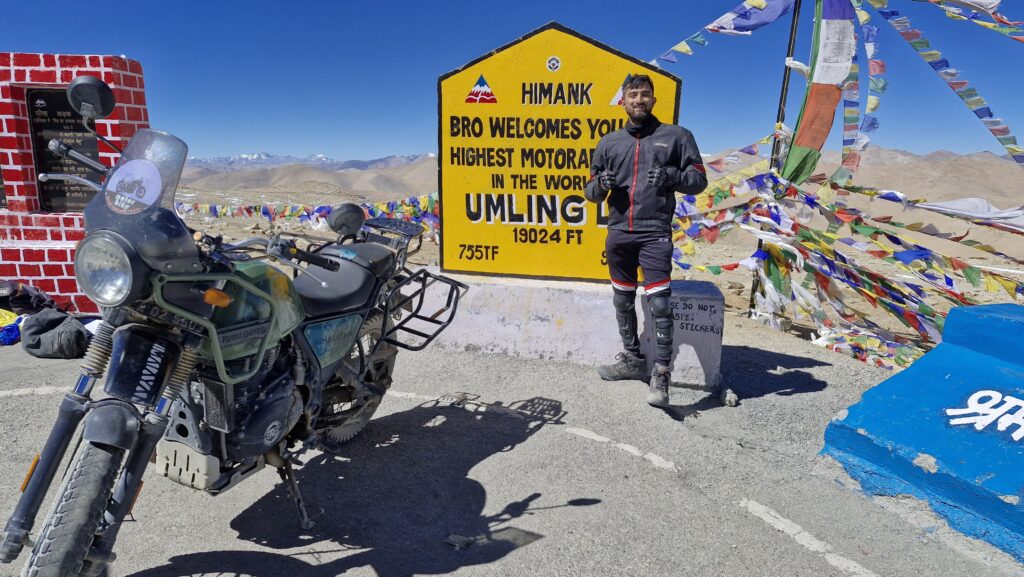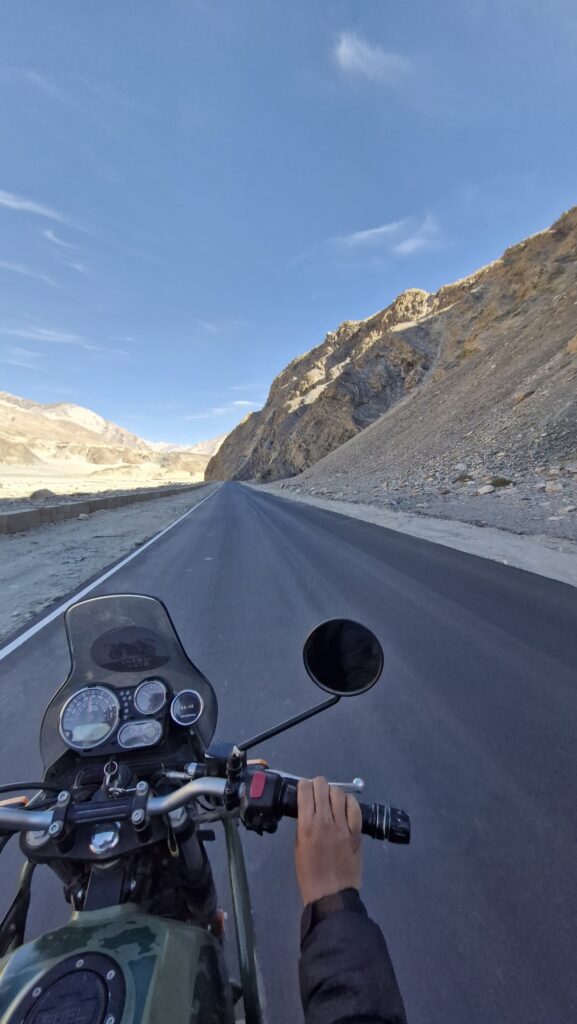Introduction
The trip to Spiti Valley has been my best decision ever which I undertook in 2023. The unreal beauty of the valleys has made me love it so much that I wouldn’t mind visiting it again and again round the year. The main reason why Spiti gains too much of popularity is because it’s just a Jack of all Trades and you get to experience everything. Lovely landscapes, snowfall, very humble people, remote destinations, hiking, mountain passes, adventurous roads and many more.
Here’s a list of a few offbeat or lesser known places one can visit during their trip to Spiti Valley
Lesser Known Places of Spiti Valley
Gue Mommy
Gue village lies along the Reckong Peo-Kinnaur to Kaza route. After a few kms from Sumdo, on the right hand-side a road goes towards the Gue Village, 8kms off the main track & Gue to Kaza is 80 kms. There is no place/hotel to stay at Gue, so it’s an enroute Kaza trip off the track. The mummy found at Gue is 550 years old. It was found by the I.T.B.P. at Gue village while digging for a border post along China. I suppose it’s the only mummy found and kept in India & open for public visits.
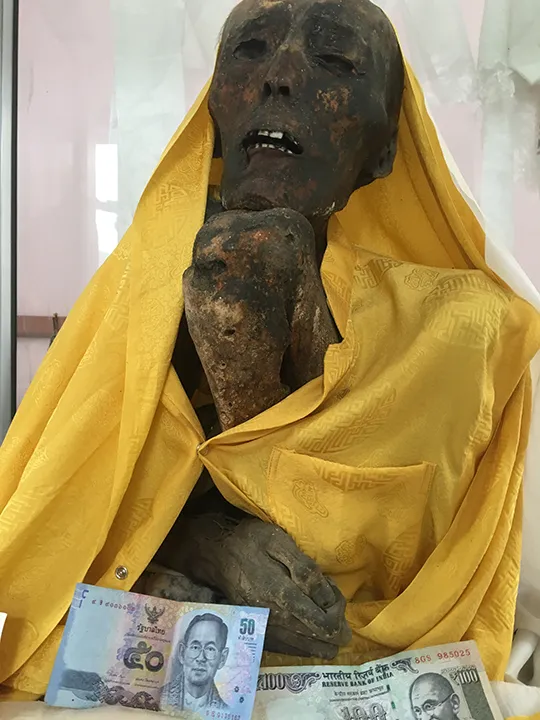
Pin Valley National Park
The glorious Pin Valley National Park is home to more than 20 species of animals and birds, including the vulnerable Snow Leopard. Set in the freezing Spiti Valley valleys, this incredible park was developed as part of the National Park Conservation Area of the Great Himalayan in 1987. The Pin Valley National Park is a jewel of an attraction with an incredible array of flora and fauna. There are many species of animals in the park, but the endangered Snow-Leopard draws visitors from all over the world.
Mane Village
Mane Village in the Himalayas is known for peace amidst snowy mountains, forests, and apple orchards. One can admire traditional houses made of mud, stone, and wood, showing local craftsmanship.
One can discover rare species of animals like black bears and snow leopards in Chitkul Wildlife Sanctuary. Also one can include the tough Kinnaur Kailash Parikrama, from Mane Village.
Kinnaur Kailash Trek
The Kinner Kailash Shivlingam trek will take to the heart of one of the most mythical abodes of Lord Shiva, which is a 79-foot vertical rock in the Kinner Kailash mountain range. According to Hindu Mythology, this is a very sacred place in the Indian Himalayas as it is associated with Lord Shiva and Mata Parvati. A natural pond/Kund near Kinnaur Kailash peak, known as Parvati Kund, is considered to be a creation of Goddess Parvati. This is a very long trek which can take upto 3 days
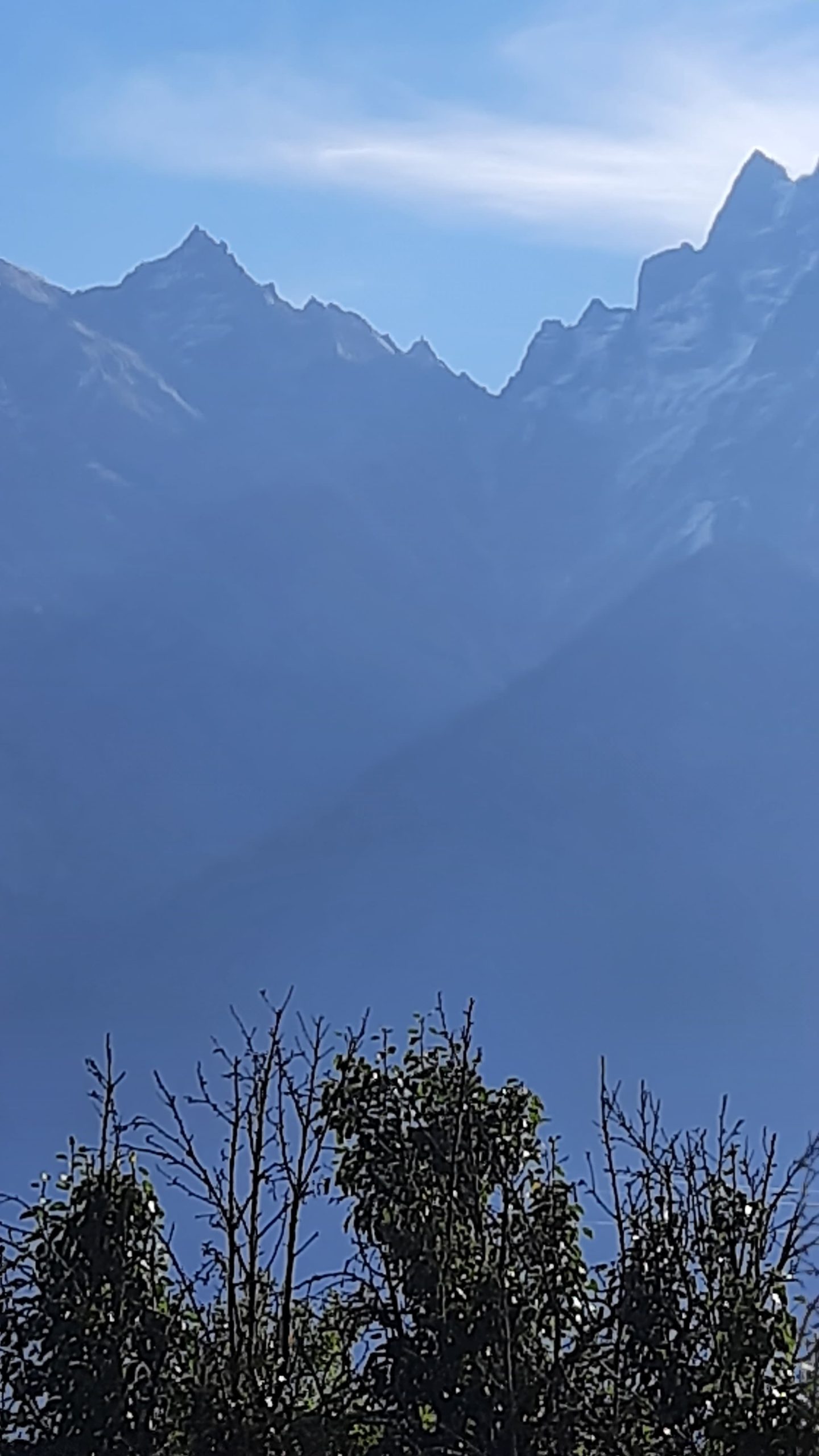
Kaurik
Kaurik used to be a village bang on the border with Tibet! Kaurik is still used on milestones along NH 22. It can be easily located on Google Maps. Kaurik is a mysterious place which was deserted some 25-28 years back in earthquake/flash floods and now you can find ruins of the place if you are ready to hike a bit once the road ends after about 19 km.
Beyond Kaurik, there is a village called Lepcha which requires you to hike for about an hour or so. Lepcha is the last place in India you can reach and ahead lies Tibet beyond the Indo-Tibet Border. Anyhow, Kaurik falls under a restricted area as far as I know and permits are hard to find for Kaurik. The entire area is under ITBP control.
Shipki La Pass
Shipki La is a mountain pass and border post on the India-Tibet border. It is located in Kinnaur district in the state of Himachal Pradesh, India, and Tibet Autonomous Region in the People’s Republic of China. Sutlej river enters India (from Tibet) through this pass. It is an offshoot of the ancient Silk Road. It is a border post for trade with China.

Trade on the Shipki La Pass was re-established in 1993 after being shut in 1962 after a Chinese attack. Trade has also been badly affected by flash floods. At present this border post Shipki is used mainly for the small-scale local trade just across the border. The Special Permit is given only to the local traders to go to Shipki La Pass to do cross-border trade and Shipki La Pass is one of the three main Passes between India and China. This border no longer remains open for non-resident people.
Khab Sangam
The Sutlej River, which originates in Tibet’s Mansarovar Lake, and flows through the Spiti Valley, meets the Spiti here. Huge mountains flank both sides of Khab Sangam in Himachal’s Kinnaur area. The magnificent valleys of Himachal Pradesh’s Lahaul and Spiti districts rely on the Spiti River for their existence. Lahaul and Spiti are separated by the Spiti River, which originates in the Kunzum Range of the Himalayas. In the absence of rain, the Spiti River must rely on melting glaciers in the Himalayas for its water supply.
Reo Purgyil
Reo Purgyil, is a mountain peak at the southern end of the Zanskar Range in the Western Himalaya area of the Himalayas. At 6,816 m Reo Purgyil is the most elevated mountain crest in the territory of Himachal Pradesh. Geologically the peak is a dome structure and is part of a great massif that rises above the Satluj River (Sutlej) and overlooks the western valley of Tibet. The Spiti River, a right hand tributary of the Satluj, drains the northern face of the massif.
The highest peak is often obscured by clouds and is located about 2 km to the south of Peak 6791, a well-known slightly shorter twin brother with a height of 6,791 m. Peak 6791 is widely referred to as Leo Pargial and has sufficient topographic prominence to be classified as a mountain in its own right. Nako village is the last roadhead for this expedition, located on the slopes of the mountain, close to the India-Tibet border.
Tabo Caves
Tabo has a series of visible caves, some of them artificially excavated. One of the caves in Tabo was used as an assembly hall of the monks. In some caves front doors have been built and have been turned into houses. Various monks still meditate for years inside those caves.
Lhalung Monastery
Lhalung Monastery situated in the remote village of Lhalung is one of the oldest monasteries in Spiti Valley. Lhalung Monastery is also known as Sarkhang Monastery.
The ancient relics, peaceful ambience and beautiful murals offer a perfect visiting spot. For visitors seeking solitude and peace, this monastery is a must-visit place.
Conclusion
These are a few lesser known and few of them are restricted places of Spiti Valley. Though the valley is extremely huge in area, the population is very less and filled with lot of interesting stories and own specialities. This is just for information before you head out to Spiti Valley and if you’re planning to explore such remote places, take a local guide and avoid going on your own with proper information and permissions.
